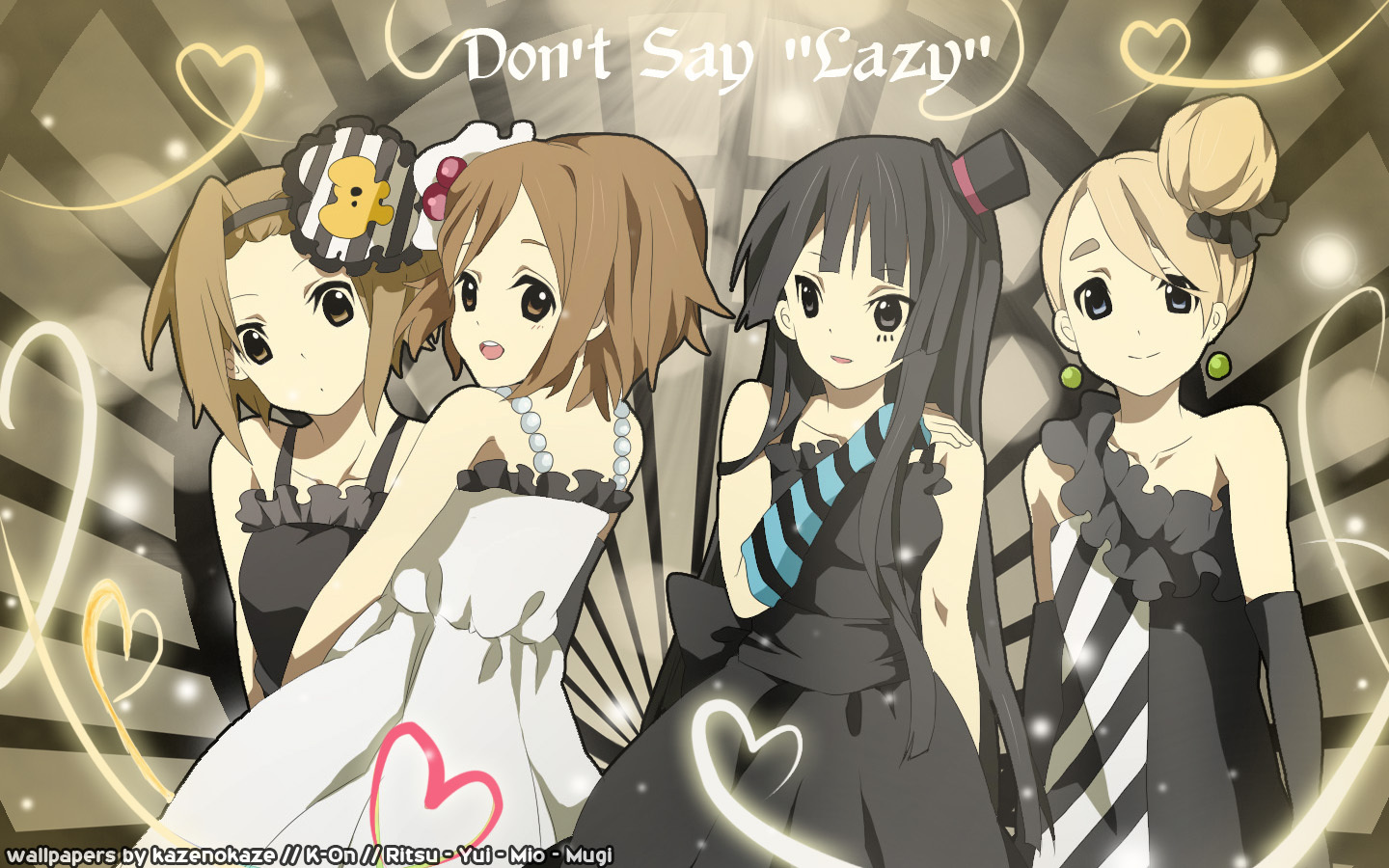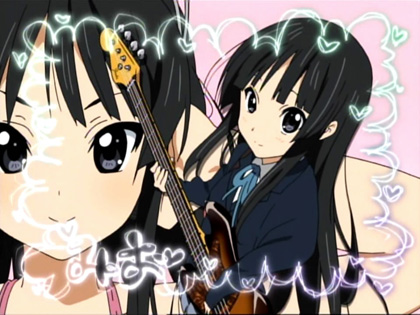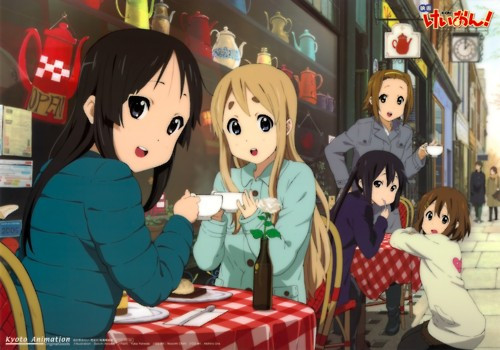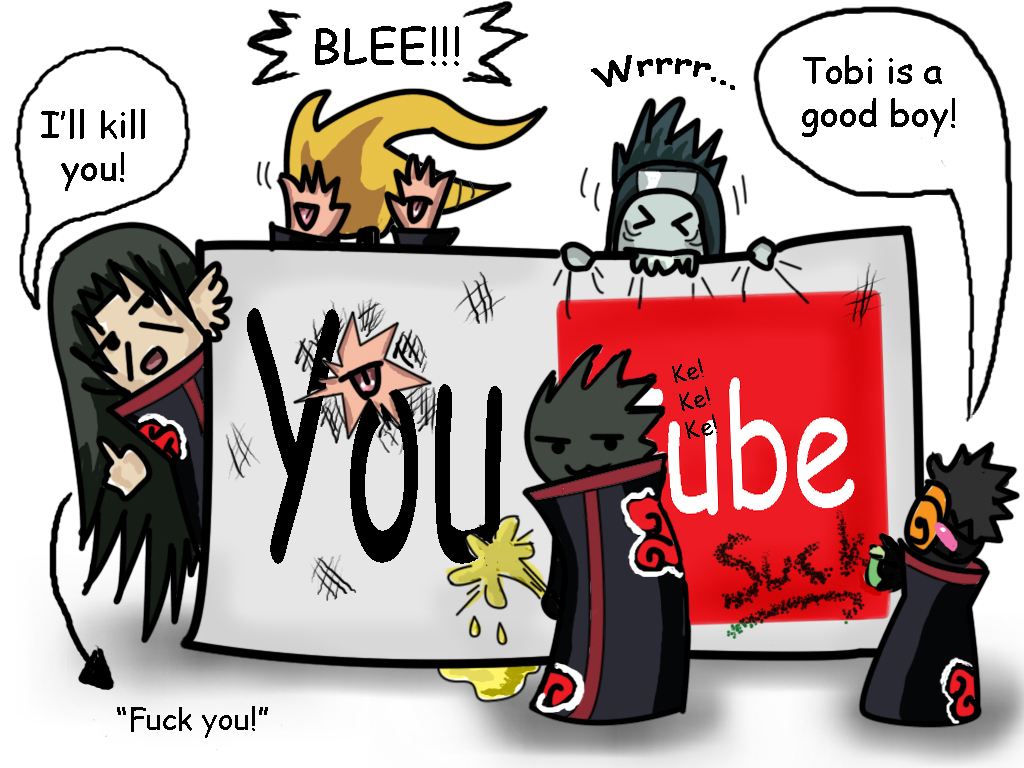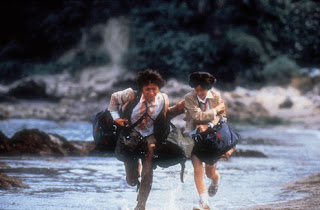I recently saw “The Hunger Games” in the cinema with my friends. A massive fan of the books, I was very pleasantly surprised with the movie, and how true it was to the original novel. My only criticism is that it should have been left as it was originally – as a ‘15’ with the gore of the tribute’s demises left in as violence is a massive theme of the story. But the film industry wanted more revenue, chopped out the more grisly sections and left the film feeling slightly incomplete.
Whilst waiting for my friends to arrive I was browsing the local shops and wandered into HMV where I found a copy of ‘Battle Royale’ in the World Cinema section. Many say that THG was based off BR as the ideas are very similar, although Collins has stated, "I had never heard of that book or that author until my book was turned in. At that point, it was mentioned to me, and I asked my editor if I should read it. He said: 'No, I don't want that world in your head. Just continue with what you're doing.'
So I shall do a comparison between the two, not to see which is ‘better’ but to look at the similarities and differences (whether through plot or culture) and what the stories mean for us as a nation and people.
Both movies started out as novels. Battle Royale, or バトル・ロワイアル (Batoru Rowaiaru) is a novel written by Koushun Takami, completed in 1996 and published in 1999. A success, the novel has been adapted into a 2000 film and a manga series and also been translated into Chinese, English, French, German, Italian, Russian, Norwegian, and Hungarian. Almost ten years later, The Hunger Games was written by an American television writer and novelist, Suzanne Collins. It was first published on September 14th, 2008. Collins said her inspiration came from channel surfing, and having the news on the Iraqi War and a Game Show merge in her head.
Both books were a hit, although understandably controversial. The Hunger Games was named one of Publishers Weekly's "Best Books of the Year" in 2008 and was the 2009 winner of the Golden Duck Award in the Young Adult Fiction Category. In 2011, the book won the California Young Reader Medal and the 2012 edition of Scholastic's Parent and Child magazine, The Hunger Games was listed as the 33rd best book for children, with the award for "Most Exciting Ending" (although ‘children’ is probably not the best target audience for it).
Upon publication in 1999, Battle Royale became one of the best-selling novels in Japan. It was earlier entered into the 1997 Japan Grand Prix Horror Novel competition, but was eventually rejected in the final round due to its controversial content. It also has many fans abroad with writers such as Stephen King singing its praises.
The movies came later: BR in 2000 only a year after the book release, and THG in 2012.
Like the books, the movies are a hit.
After its second weekend at the box office, analysts estimated that The Hunger Games movie earned $251 million domestically, and another $113.9 million internationally, and is set to make more during it’s time on the big screen and DVD release. Due to its runaway success, a sequel movie (the second book in the trilogy) is being planned.
BR was a mainstream domestic blockbuster, becoming one of the ten highest grossing films in Japan and was released in 22 countries worldwide. It is often regarded as one of Japan's most famous films, as well as one of Fukasaku's best films. Kinji Fukasaku started working on a sequel, Battle Royale II: Requiem, but he died of prostate cancer on January 12, 2003, after shooting only one scene. His son, Kenta Fukasaku, completed the film in 2003 and dedicated it to his father.
The plots are also similar. Both are set in the future, in worlds that could be. Both have characters forced by the government to compete in a deadly game, where theymust kill each other in order to win. Battle Royale does not hold back with the cruelty and blood splatter. The Hunger Games strongly implies it but most is not shown. The deaths are tolled and the fatalities announced every night (THG) or morning (BR).
In BR, the Japan of the future is messy; high crime, high unemployment and 800,000 kids walking out of school. The government create an “Educational Reform Act”, also known as Battle Royale where a random class of students are forced to take part.

Class 3-B makes a field trip after completing their compulsory studies; however, the class is gassed and sent to a "briefing room" on a remote island, wearing electronic collars. Their teacher explains that the class has been chosen to participate in this year's Battle Royale. The orientation video has the class forced to kill each other for three days until only one student remains. Students resistant to their rules or entering one of the randomly placed "death zones" for each day are killed by the collar's detonation (they will also detonate after three days if there is no winner). A student refuses to cooperate and their teacher slashes his back with a knife before detonating his collar while his classmates watch in horror, which quickly turns to rage and general panic. Each student is provided with a bag of food and water, plus one item containing either a weapon (a shotgun, a pistol, a knife) or an item (a saucepan lid, a fork, a paper fan, binoculars). The weapons are supposed to eliminate any natural advantage any one student might have over the others. None have been prepared for this and react in different ways. Some refuse these packs and refuse to participate, committing suicide. Others gleeful start killing with abandon, their darker natures surfacing. The protagonists admit to each other, that really they wouldn’t trust anyone in their class. And so the slaughter begins.

(The participants are prepped, BR above, THG below)
The Hunger Games takes place in a nation known as Panem after the destruction of North America by some unknown apocalyptic event. Panem consists of a wealthy Capitol and twelve surrounding, poorer districts under the Capitol's hegemony. District 12, where the protagonists are from, is located in the coal-rich region that was formerly Appalachia.
As punishment for a previous rebellion against the Capitol in which a 13th district was destroyed, one boy and one girl between the ages of 12 and 18 from each district are selected by annual lottery to participate in the Hunger Games, an event in which the participants (or "tributes") must fight in an outdoor arena controlled by the Capitol, until only one remains. The story is narrated by 16-year-old Katniss Everdeen, a girl from District 12 who volunteers for the 74th annual Hunger Games in place of her younger sister, Primrose. Also selected from District 12 is Peeta Mellark, a baker's son whom Katniss knows from school, and who once gave her bread when her family was starving.
After a brief goodbye to their family and friends, Katniss and Peeta are taken to the Capitol where they train for the fight to come. The arena changes each year and many die of starvation, exposure and are killed by the natural environment with earthquakes, floods, volcanoes, poisonous plants and wild animals. The tributes are then publicly displayed to the world of Panem in televised sessions. The tributes lie, and try to manipulate the audiences to gain ‘sponsors’ which can be crucial for survival, as audience members are encouraged to send gifts like food, medicine, and tools to favoured tributes during the Games. The Games begin with 11 of the 24 tributes killed in the first day, while Katniss relies on her well-practiced hunting and outdoor skills to survive. As the games continue, the tribute death toll increases, the wealthy Capitol dwellers making bets on who will survive and giving their children swords to play-fight with, watching the tributes murder each other on TV. Some take a full on fighting approach as they have been practicing at home. Some avoid the fight and survive by stealth. All except one in each game must die, but unlike Battle Royale, there’s no time limit, although the ‘Gamemakers’ intervene cunningly and force things to happen if the audience get bored. Unlike BR, the tributes must find their own food, water and weapons, either naturally or supplied in the Cornucopia. It is more a test of survival than a straight out fight.

(Look similar? BR below, THG above.)
The viewers are introduced to characters and grow to like them only to watch them be cruelly killed off. Survival instincts for all characters kick in and in their own way, they rebel against the dystopian world they live in. You see true human nature take over (after all, humans are the only animal who kills for pleasure) with the young adults actually taking delight in the others deaths, whilst the world looks on. Questions are raised; would you kill strangers? Or form temporary alliances with them? Would you ever kill your friends? And can you even trust your friends not to kill you?
Some seem too well trained with the weapons they are given, others try to organise meetings to talk and sort things out. All instinctively kill out of fear, even though there was a slim choice to abstain, it’s kill or be killed.
Both films have an eerie sense of celebrity surrounding the winner of the games. BR starts off with photographers and reporters all trying to catch a glimpse of the latest winner, a young girl covered in blood, clutching a soft toy and smiling manically whilst being driven in an army vehicle. All winners are later arrested and tried for murder. You may win the fight, but not your freedom.
In THG, the ‘tributes’ are treated like royalty before the games, even though many have lived in poverty before. They are given the best food, their own stylists and a complete make-over, TV interviews etc, whilst being left to die and having their lives played with in the arena. If you win your whole District get food and you get a Victory Tour, a luxury house, money, food and fame. If you lose it means certain death and you become another pawn for the Capitol – another statistic whose name isn’t even mentioned.

Although the audience know that what is happening is wrong (the lady next to me described it as ‘sick’), they eagerly follow the journey and deaths of the unfortunates. With reality TV shows becoming crueller, who’s to say this won’t be our future? A destroyed world, fighting teenagers, extreme poverty, violence, forbidden love, lies, manipulation, the breakdown of control, war, secret military programs, the hype of celebrity, a controlling government – sound familiar? These are all themes in the films, and all are relevant. At least both end the same way; in hope. That the system can be beaten (although not without its repercussions) and you can have some control of your life, even when others are determined to take it.
Both are fantastic films and I thoroughly recommend watching them :D
(On the right, Jennifer Lawrence as Katniss Everdeen.)
(A still of the (slightly comical I must admit) video explaining Battle Royale.)





